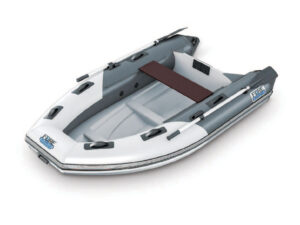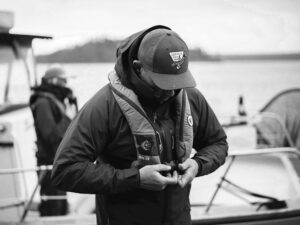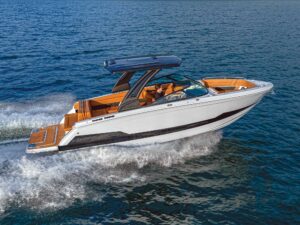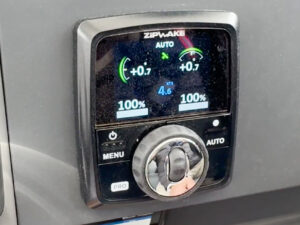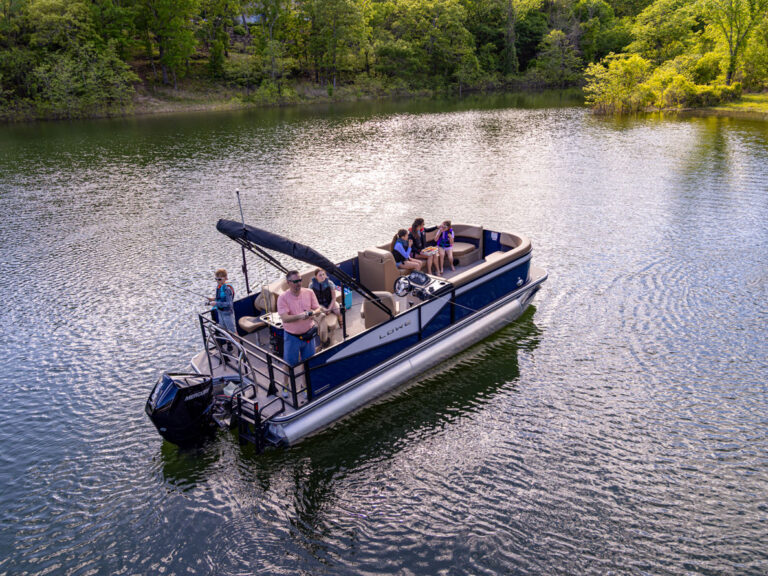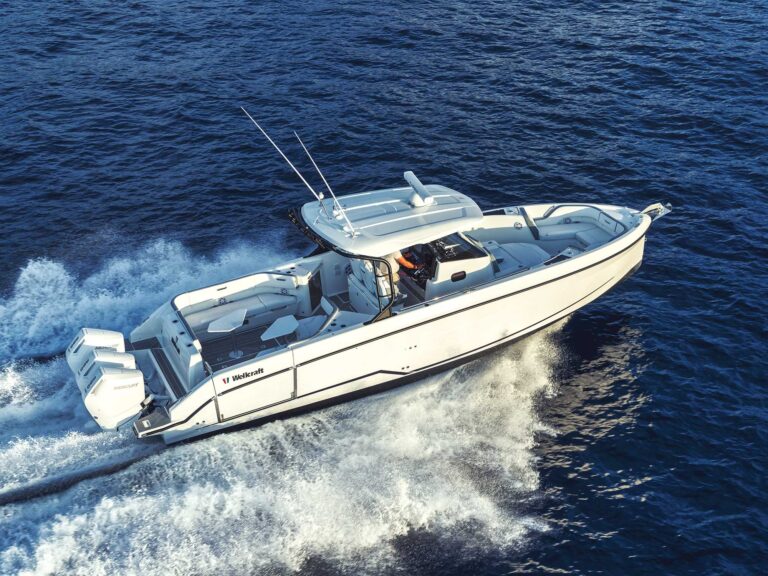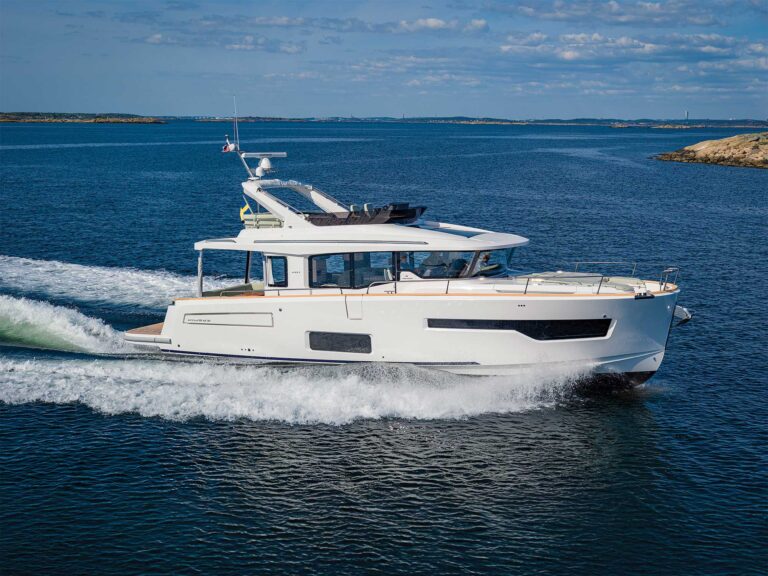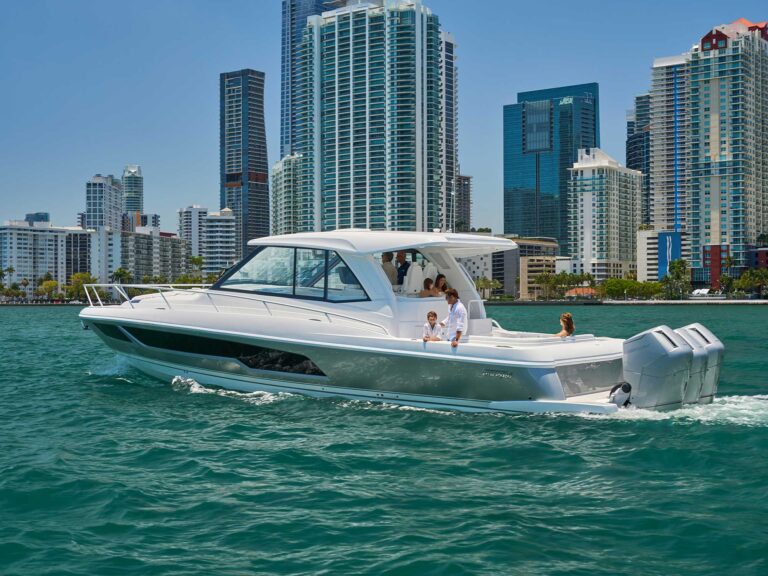Cruising to remote destinations like the uninhabited isles of the Bahamas, the fjords of southeast Alaska or the rugged Pacific coast of Baja California remains a dream for many boaters, because their boats lack sufficient fuel capacity.
Yet lightweight, puncture-resistant marine fuel bladders (aka pillow tanks) from companies such as Aero Tec Laboratories (ATL), Fuel Safe and Turtle-Pac let you safely carry enough gasoline or diesel to make your dream cruise a reality. Marine fuel bladder prices range from $419 for 25-gallon cells to $2,658 for 500-gallon models.
Extra Weight
There are some caveats. For example, with gasoline and diesel weighing 6.1 and 7.1 pounds per gallon, respectively, a large bladder can add significant mass, shift a boat’s center of gravity or (if off-center) induce a list — factors that adversely affect a boat’s seakeeping ability.
Always place the fuel bladder above deck; in case of a leak, the fuel is less likely to accumulate below deck. Additionally, it facilitates the transfer of fuel, which we discuss later.
Filling Up
Fill-ups must take place inside the boat because the cells become too unwieldy to manhandle once full. There is a chance of static buildup while fueling, though ATL points out that collapsible bladders have no vapor space (aka ullage) as do rigid tanks, so there is nothing to ignite. Still, ATL suggests a braided ground strap from the brass shut-off valve to ground, which mitigates static buildup.
Securing the Cells
Secure pillow tanks with straps to keep them from sliding around in rough seas. Some, like the Fuel Safe bladders, have attachment points for straps, which then hook to cleats or tie-downs on deck. ATL, on the other hand, offers a system with a ring to place over the central fill pipe with four cam-buckle straps connecting from the ring to attachment points on deck (pictured, left).
Transferring Fuel
A fuel-outlet valve with a fuel hose lets you access the fuel. Some boaters tie into their main fuel line. This way you can burn the fuel bladders first to get them out of the way, but you have to redo your fuel lines. Also, this doesn’t lend itself well to the complexity of marine diesel fuel systems, which have return lines.
Another way is to feed the fuel-supply hose into the fill-fitting for the main tank, open the valve and then initiate fuel flow by applying foot pressure to the fuel bladder. With the pillow tank above the main tank, siphoning action does the rest, even if the deck fill is above the bladder. Of course, you have to wait until you’ve run enough fuel out of the main tank. Also, with any fuel transfer, you should do it in an anchorage or at least in calm seas. With no ullage, fuel bladders need not be vented.
Once the cell is empty, roll up the bladder for stowage. ATL even offers a mesh storage bag with a shoulder strap for transporting the empty fuel bladders. If anyone asks what you’re carrying, say it’s your dream pillow.

